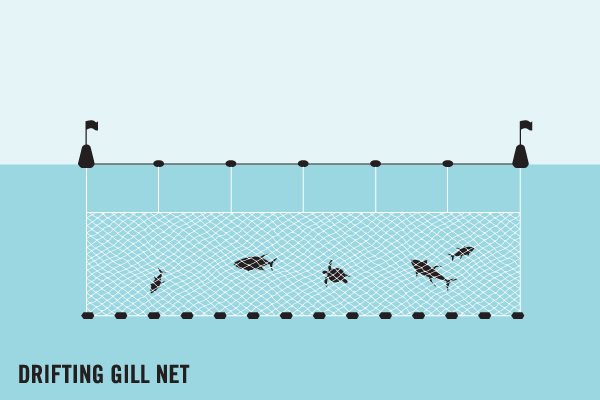Average Weight/Length
Other "Popular" Names for this Fish
Location Habitat
Biology & Physical Description
Geographic Species Map (Fishbase.org Map)
|
|

|
Summary of Distribution: |
|
Note: Distribution range colors indicate degree of suitability of habitat which can be interpreted as probabilities of occurrence (fishbase.org) |
|
Sport Fishing Techniques
|
|
DriftingDrift fishing allows you to fish over a variety of habitats as your boat drifts with the currents or wind movement. You can drift fish on the bottom or change the depth with a bobber or float. Natural baits work best. But jigs, lures and artificial flies will produce good results, too. You can drift fish on the ocean, as well as ponds, lakes, rivers and streams any time of the day and year.. |
|
|
|
Gill netsGill-nets are the dominant gear in the Indian Ocean. Gill-nets are used in artisanal and semi-industrial fisheries, contributing to 30-40% of the total catch. The net design is comprised of continuous panels of uniform mesh size, aimed to trap fish behind the gills. The International Sustainable Seafood Foundation (ISSF) notes that rates of sharks and turtle by-catch in Indian Ocean gill-net fisheries are high.. |
|
Game Rating
Game Rating : 8.5/10
Game Description :
Very strong and aggressive fish
Food Rating
Game Rating : 7.5/10
Game Description :
Amberjack has pale pink flesh with firm, large flakes and a sweet flavor. Hiramasa is a sashimi grade farmed Amberjack which has a higher fat content, firmer texture and cleaner flavor than wild Yellowtail Kingfish (Amberjack). Amberjack is Good fish for eating and grilling.
Picture (Fish)
|
|
|
|
|
|
|
|
|
Picture Mount
|
|
|
|
|
|




















 California Yellowtail
California Yellowtail 













